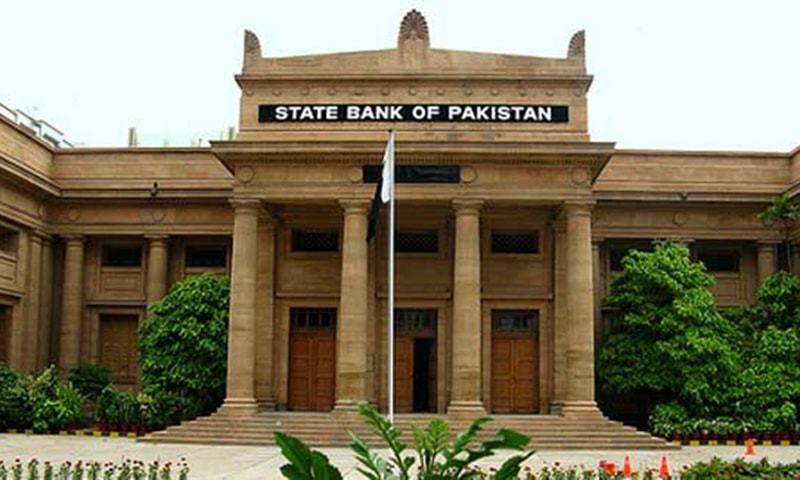January 21, 2022 (MLN): The Monetary Policy Committee (MPC) committee’s meeting is due next week with the markets expecting status quo in policy rate announcement. To recall, the State Bank of Pakistan (SBP) in the last post-MPC analyst briefing had explicitly informed the participants to expect no change in the January 2022 announcement.
The forward guidance, which is the hallmark of Governor Reza Baqir’s tenure at the central bank, was meant to calm the markets which were behaving erratically in the government auctions. The move, however, failed to contain the increase in secondary market yields as the market believed the government was cornered and had no option but to borrow at higher rates.
On the other hand, inflationary readings – especially the core inflation – are already testing the upper edge of the central bank’s revised inflation target for FY22. To recall, CPI inflation during December 2021 clocked in at 12.4%YoY. Meanwhile, inflation expectations for January 2022 are already high based on the upward revision in fuel prices, periodic housing index adjustments, low base effect and the lagged impact of currency deprecation on non-food non-energy prices.
Since the last MPC meeting, crude oil prices have increased by around 15%. The central bank in its last post-MPC session said they expect global commodity prices to come down from January onwards, easing some pressure on inflation and the current account. However, that has not been the case as beyond the 15% increase in crude oil prices since the last MPC, entities tracking oil prices around the world have revised their forecasts for crude oil upwards. Some even expect crude oil to breach the $100/bbl level.
Meanwhile, the country’s trade deficit has remained flat with imports during December 2021 falling by $1bn to $6.9bn from $7.9bn in November (as per the numbers shared by the Pakistan Bureau of Statistics). With exports declining by 4%MoM, the December 2021 trade deficit remained flat at $4.9bn compared to November. Subsequently, it can be inferred (after accounting for the services trade balance and remittances), the current account balance will likely remain unchanged at $2bn. So far, during the 5MFY22, the current account balance has ballooned to 5.4% of the GDP. If imports remain at their current trajectory or increase from here onwards on account of higher oil prices, the country’s current account deficit would likely clock in above 5% as a percentage of GDP.
Since the last MPC meeting, reserves have seen also declined by a sharp 8% ($1.6bn) on account of official payments which has decreased the import coverage. Despite the decline in reserves, the rupee has held its own during the last 40 days, appreciating by 0.9% to Rs176.12 from Rs177.76 against the dollar.
With key macroeconomic indicators in the background, the SBP is walking on a tight rope. The central bank has pinned its hopes on a reduction in commodity prices (crude, palm oil etc) to help narrow twin deficits. However, with oil prices surging, higher inflation outlook beyond January 2022 (due to implementation of WACOG in gas tariffs, upward revision in base electricity tariffs, implications of sales tax exemption withdrawal on food items, and higher fuel prices due to expected PDL increase on per litre fuel prices) show that the forward guidance issued during December MPS could have been avoided.
Although it seems highly unlikely that the SBP will surprise markets through a rate hike as it would erode its reputation, the quickly changing macro landscape may force the central bank to increase the policy rate by a higher quantum in March 2022 MPC meeting. By then, it might be too late.
Copyright Mettis Link News
30333







